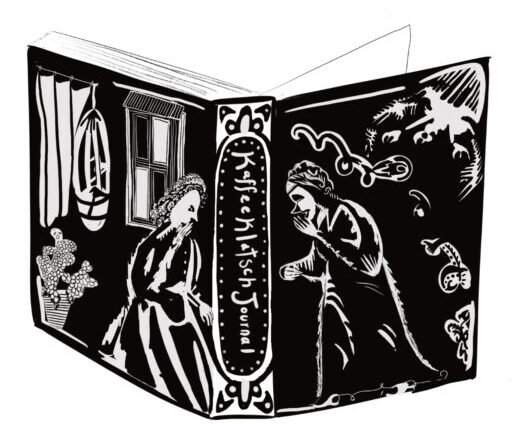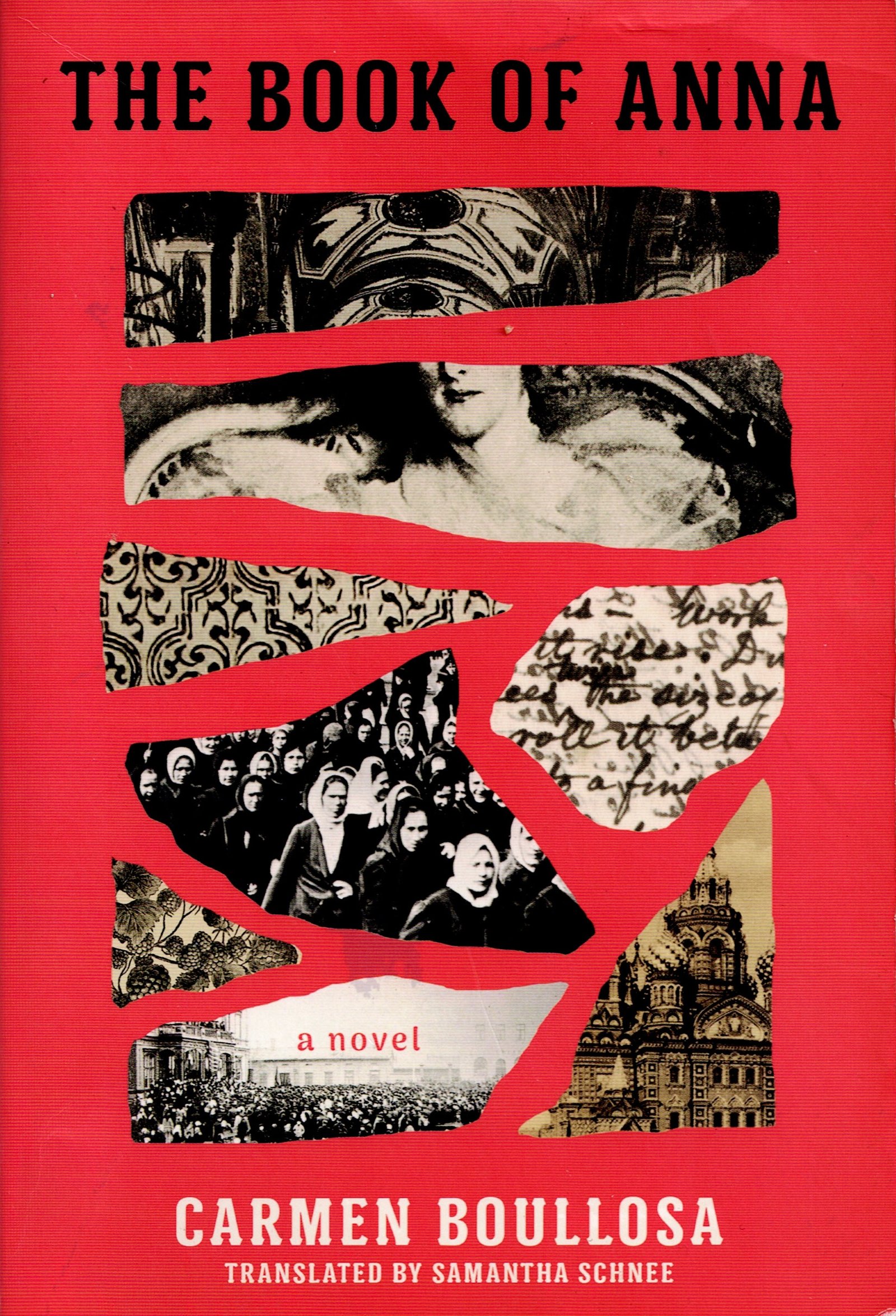“IN THIS CONTINUATION OF ANNA KARENINA’S LEGACY, RUSSIA SIMMERS ON THE BRINK OF CHANGE AND THE STORIES THAT HAVE LONG BEEN KEPT SECRET FINALLY COME TO LIGHT.” ~ Publisher
A riotous matryoshka, The Book of Anna folds several dimensions into a dense yet hardly claustrophobic 182 pages. Boullosa’s story begins with a ploy: Clementine, an anarchist seamstress, dressed in the rags of one of Anna Karenina’s ball gowns (donated to a women’s shelter by Countess Vronskaya), disguises a homemade bomb as a fussing infant before leaving it to faintly detonate “like an old man farting” on a tram—her plans foiled.
Yet she is only temporarily demoralized. This is Russia after all, and once ‘Chekhov’s bomb’ is introduced there’s no going back.
Though this book covers a lot of ground, it’s not titled The Book of Clementine. What does she have to do with Anna Karenina? What could a sequel to the eponymous novel possibly contain?
The story resumes many years after Anna’s death, with one of the major characters being her grown son, Sergei. He’s despondent because a painting of his late mother by Mikhailov has gained the attention of the palace, and they want to exhibit it at the Hermitage. Sergei has spent his life trying to avoid his mother’s shadow, and the idea of her image resurrecting into St. Petersburg’s collective consciousness is too much for him. His wife is of a different mind, though she’s too preoccupied with mediating between her husband and his sister, Anya, as they head to a concert.
Their servants are back at home, following the usual draconian orders except for Anya’s maid. Her brother is missing, and she dares not implicate him by telling Anya of where she’s going. So she slips out into the cold winter night.
The novel contrasts Boullosa’s characters with Tolstoy’s and historical figures. Anna Karenina’s son and daughter are the meta fictions residing in this world, marked apart from those who are ‘real,’ like Clementine and Sergei’s wife. Boullosa maintains the intertextual footing with a neat trick—the proletariat do the work and their bourgeoisie counterparts sit around for a whole lot of self-indulgence.
I have always considered Anna Karenina a political novel and Boullosa amplifies that tenfold with this historical fiction. It’s also an Escheresque meditation on the nature of agency. Anna Karenina reappears as something more than a memory near the end, in a book of her own writing mentioned just once in Tolstoy’s novel–a feminist text that analyzes the nature of her mythology within Russian folklore. As I was reading, I began seeing a plethora of Annas: the amoral and the ill-fated, Tolstoy’s, Sergei’s, the Anna embalmed and forgotten in the eponymous novel’s pages, then Anna in the eyes of her readership and public.
Out of all of them, Boullosa’s Anna receives the best burial. Yet it is impoverished Clementine, dressed in Anna’s discarded clothes, who makes the most impact.
The work is sprawling, compact, and utterly mesmerizing. Ultimately, I believe it’s about the bond between mothers and their children, whether that connection is deceptive, political, or phantasmic. Karenina’s presence still lingers in upcycled gowns, paintings, and St. Petersburg’s theatre boxes, reminding her son that he was a casualty in her story. Meanwhile, Clementine’s swaddled decoy infant haunts The Book of Anna, just out off-stage, waiting for an inevitable second act.
If you were seduced by Tolstoy’s Anna, you will be challenged and fed by Boullosa’s rendition of her.
Purchase the book here on Coffe House Press’s Website: https://coffeehousepress.org/products/the-book-of-anna?_pos=1&_sid=3a027791b&_ss=r


One response to “The Book of Anna by Carmen Boullosa, Translated by Samantha Schnee ”
Your words act as a bridge, connecting the reader to a greater understanding of the world and themselves.